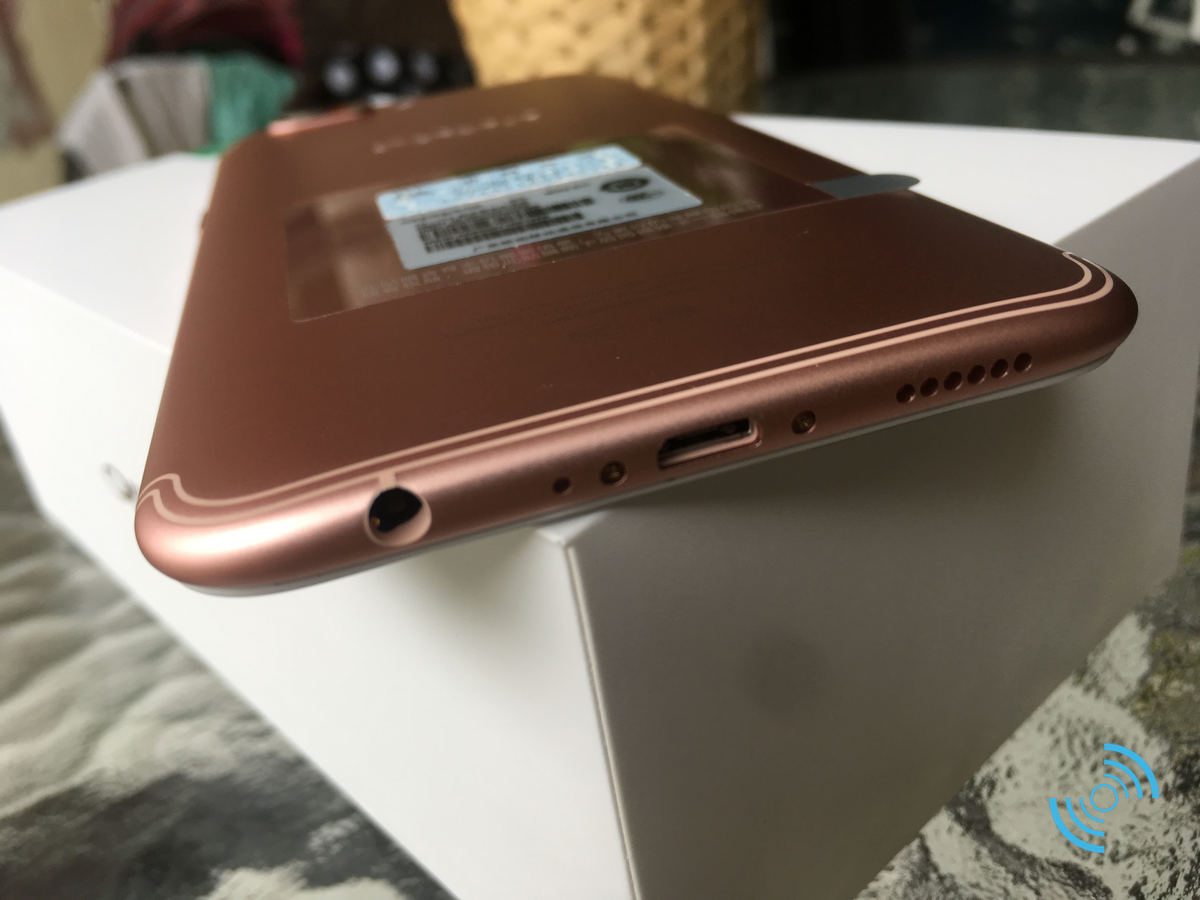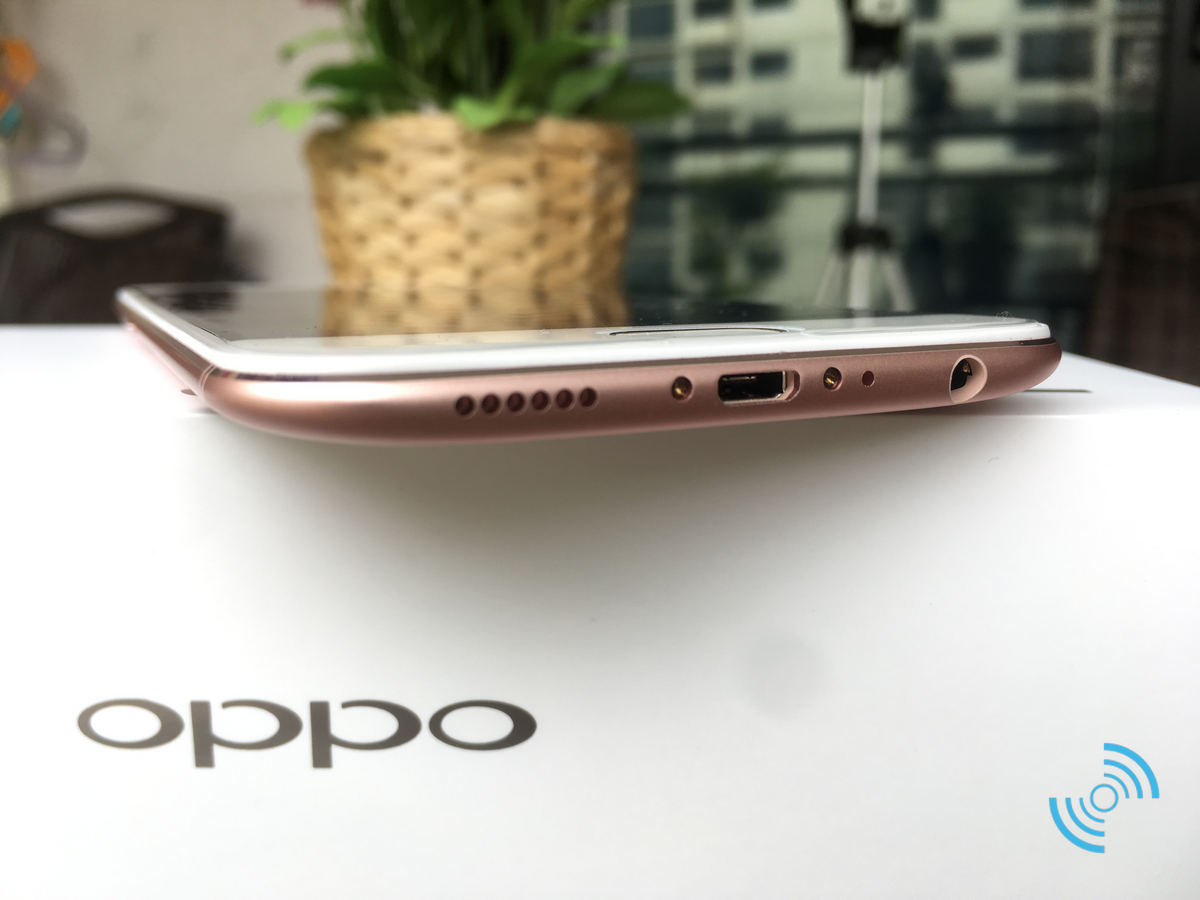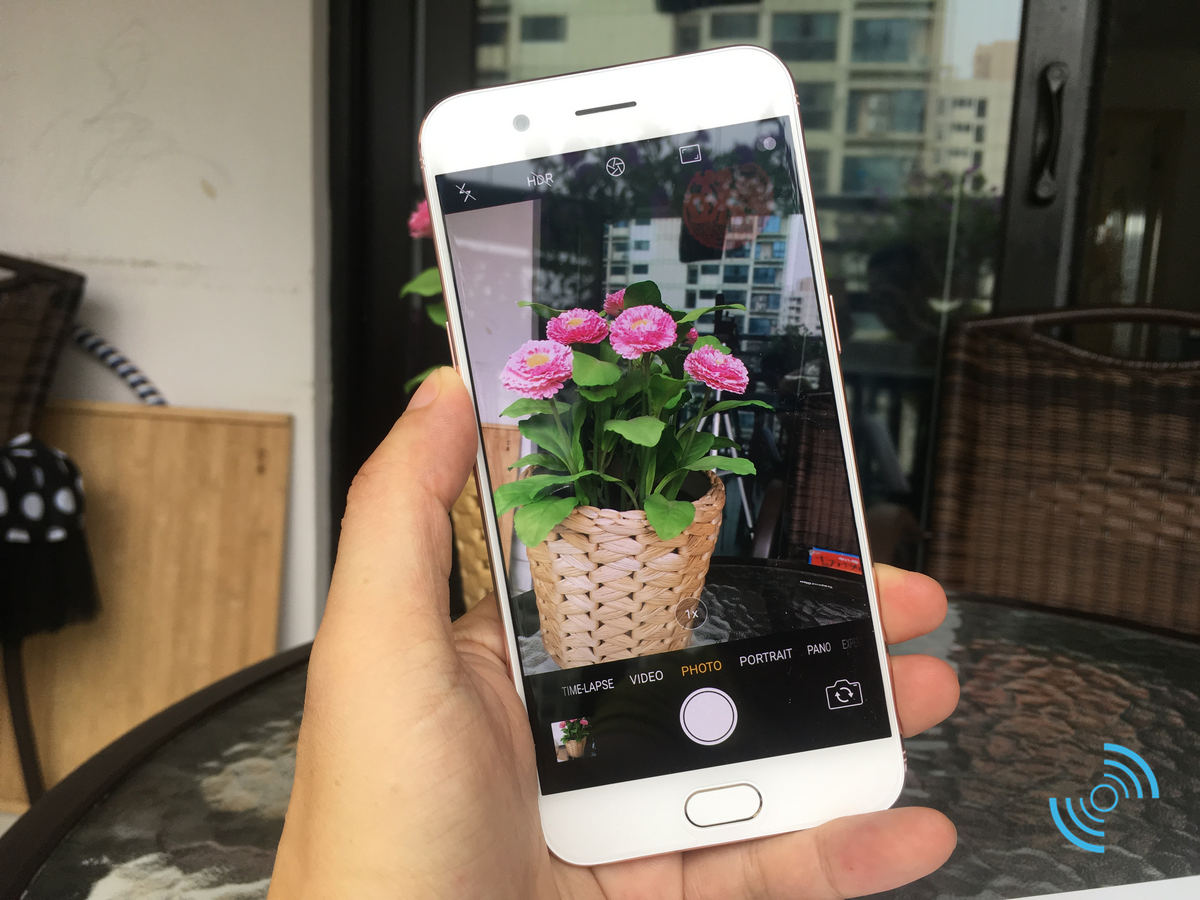One big surprise of 2016 has been OPPO. The brand, which was relatively unknown to the world, has managed to get into the big players club, a feat for which, many companies have struggled for years. The strategy adopted by the company has been pretty straightforward, create a standard quality smartphone with upper mid-range specs, market it like crazy to the common masses –especially the young generation — by roping in popular celebrities to promote the product and create a super strong offline channel which will drive sales. This has worked wonders for the brand, with its OPPO R9 model, released early last year, becoming the best-selling smartphone of the year.

The company has continued a similar strategy for its successor, which brings us to the OPPO R11. The phone has some big shoes to fill and it is an extremely important phone for the brand as this model will decide whether OPPO continues its mind-boggling growth in 2017 as well.
Recently, we got to play around with the OPPO R11 and we can confirm that the basic strategy of the company remains the same. The phone looks and feels solid, the UI is fluid and the camera is pretty good. This is just our first impressions and we are going to test it in detail very soon.
OPPO has never been the smartphone company that shies away from copying a good design, and it’s all the more evident with the OPPO R11. Apple came up with a good design for the iPhone 7 Plus and OPPO thought it was about time Android lovers got a taste of this. The R11 replicates the exact dual camera arrangement as the iPhone 7 Plus, making it look so much like the Apple flagship.

Even the antenna bands are similarly placed near the edges. To be fair, calling this as a direct copy from Apple would be wrong. Many smartphones have adopted this less intrusive antenna band design (placed near to the edges) and the R11, in fact, differentiates itself with a two line antenna design, instead of a single thick one.
But overall, the phone does have an iPhone-esque feel.

The front of the phone is simple, with a large sensor on top and a physical home button at the bottom of the display. The bezels on the sides are also sufficiently thin. The fingerprint is fast and responsive and so is the touch screen.
Coming to the back, you have an iPhone-like dual camera placement, along with dual tone flash. The back has a smooth finish.

All the important ports, including the 3.5mm headphone jack, are located at the bottom of the phone. Note that the phone comes with a hybrid dual SIM slot, so you can use a MicroSD card slot at the expense of a nano SIM.

So you’ll find a speaker, USB port, and a headphone jack at the bottom. While it’s great to see that the phone didn’t copy Apple in ditching the 3.5mm headphone jack, it’s extremely disappointing to see OPPO continue its tradition of going with the old MicroUSB 2.0 port. I haven’t seen a USB Type-C OPPO phone yet, which leads me to believe that there’s a big reason why OPPO is still sticking with the MicroUSB standard. Maybe it has something to do with the company’s proprietary fast charging tech, VOOC, but we haven’t got an official explanation yet.
For software, the phone is running on Android 7.1.1 with ColorOS 3.1 on top.

While we’ll compare the cameras on the R11 with all other flagship models very soon, our initial impression is that the dual camera performs well. It’s fast to focus and the photos come out clear and crisp. But we’ll soon see how good it is as compared to the top players in the Chinese market like the Huawei P10, Nubia Z17 in our upcoming comparison.
Check out the remaining OPPO R11 Hands on images down below and let us know what you think about the phone and its design.
[envira-gallery id="137727"]








